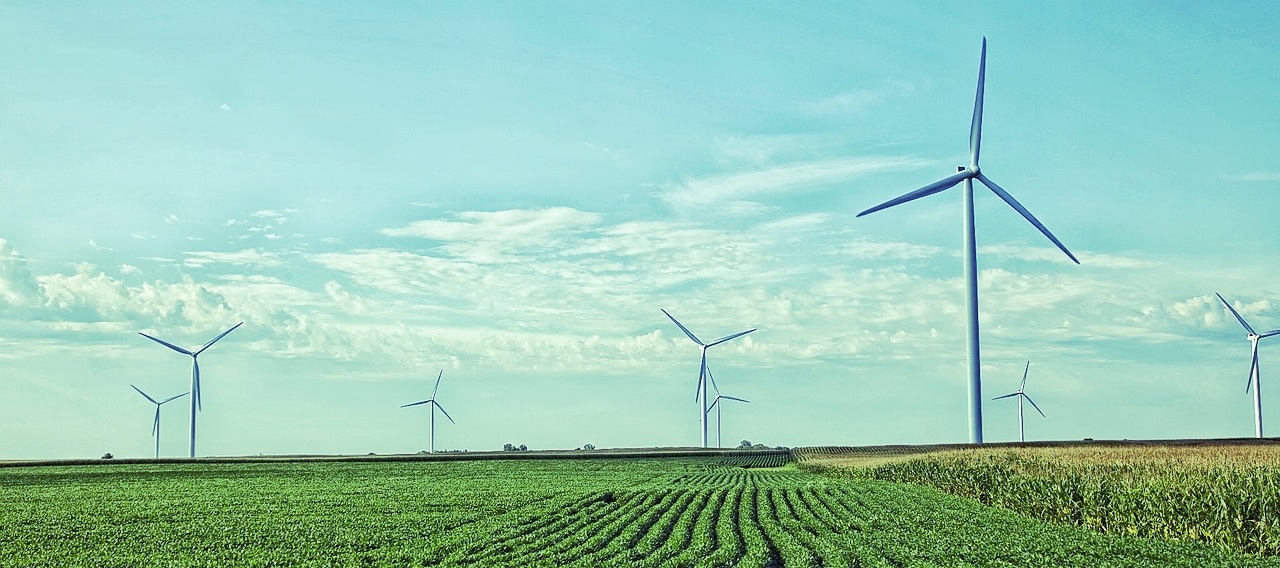
“We haven’t changed the way utilities do business in over a hundred years,” Lisa Frantzis explained in this week’s Energy Gang podcast, which focused on building a 21st century electricity system. Lisa, senior vice president of strategy at AEE, gave an expert’s perspective on a trend that everyone can see coming. The way we produce and consume energy is changing, and “at such a fast clip that the regulation basically has to catch up,” she said.
On her work convening industry stakeholders in New York, Lisa said, “people know that this is a good market. People know that the current business models aren’t necessarily going to work moving forward as these more innovative technologies come into the marketplace.” On February 26, the New York Public Service Commission (PSC) issued its much anticipated order in Track One of the “Reforming the Energy Vision” (REV) proceeding – and set the ball rolling on the most comprehensive reworking of the utility marketplace now under way nationally.
This order lays out the policy framework that will define the new regulatory compact and sets out an ambitious schedule for implementation. As Lisa discusses in the Energy Gang podcast with host Stephen Lacey of Greentech Media and fellow “Gang” members Jigar Shah and Katherine Hamilton, the Track One order articulates the vision and direction of the PSC in creating a Distributed System Platform (DSP). Under this system, utilities will create and operate a modern, customer-focused, flexible grid that can accommodate high levels of distributed energy resources, including energy efficiency, demand response, energy storage, onsite solar, wind, fuel cells and other distributed generation, to meet both customer and system needs. The following excerpt from the order encapsulates the PSC’s efforts to “reorient both the electric industry and the ratemaking paradigm toward a consumer-centered approach that harnesses technology and markets”:
In almost every aspect of the retail economy, consumers have access to information that provide them the ability to easily locate products and services of interest and to compare and contrast providers. From airline tickets, to cars, to housing, clothing, restaurants, and potential spouses, the digital economy is resplendent with platforms that provide consumers with transparency and choice... In the energy industry, much of this competition for retail sales is still accomplished by door-to-door sales or marketing techniques that too frequently annoy rather than serve consumers.
These and many other aspects of the Track One Order were well aligned with the positions taken by AEE Institute (AEEI) and its partners, the Alliance for Clean Energy New York and the New England Clean Energy Council. AEEI comments were cited more than 70 times in the order, which also referenced our Benefit-Cost Assessment Framework report, prepared by Synapse Energy Economics. But the order also left a lot of details to be hashed out in Track Two, a new track addressing large-scale renewables, various working groups, and various REV-specific utility filings and future utility rate cases. For a complete look at how REV lines up with AEEI’s positions, check out the table here.
“A lot of eyes are on New York,” Lisa said, “and to do it right could have a lot of implications for other states.”
Speaking of movers and shakers building the 21st century electricity system, AEE member General Electric continues to be one of the world’s leading innovators. After celebrating Ecomagination’s 10-year anniversary earlier this month, Fortune Magazine reported this week on two new products GE is offering that use the industrial internet to make wind farms more efficient.
The problem with wind farm efficiency lies not in the design of the wind turbines, according to Steve Bolze, President and CEO of GE Power and Water. The problem is communication, and, thanks to the industrial internet and big data, that’s a problem that can be fixed. Using its Digital Twin product, GE can model a future wind farm site while the site is under construction. The data is then transformed into a hologram and turned over to human eyes, which can catch future problems before computers do.
The second product, called Digital Wind Farm, essentially allows for turbines to talk to each other. Sensors in the front-facing turbines can communicate data like wind speed and direction with turbine “brains” further back in the formation, allowing for a much more responsive wind farm overall. Honestly, how cool is that?
Want to get all the news that's fit to print (about advanced energy) in your inbox every week? Click below to sign up!
